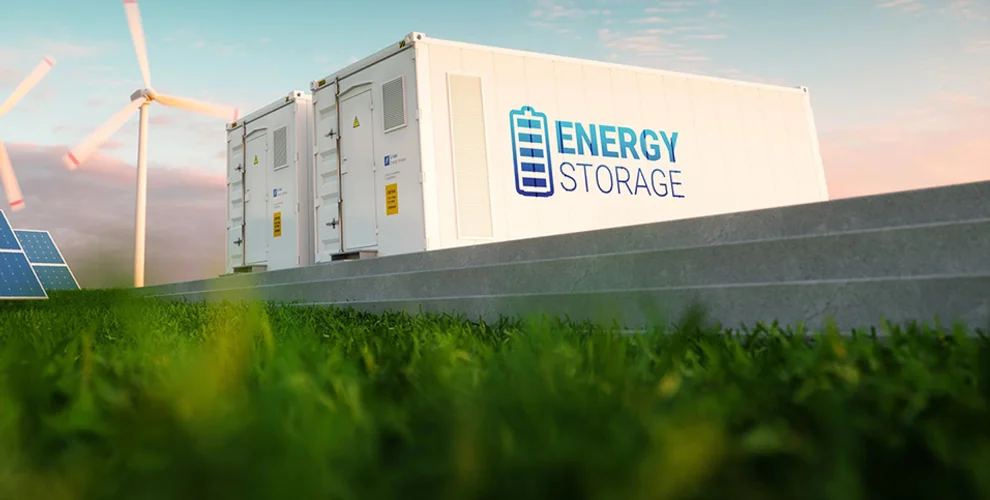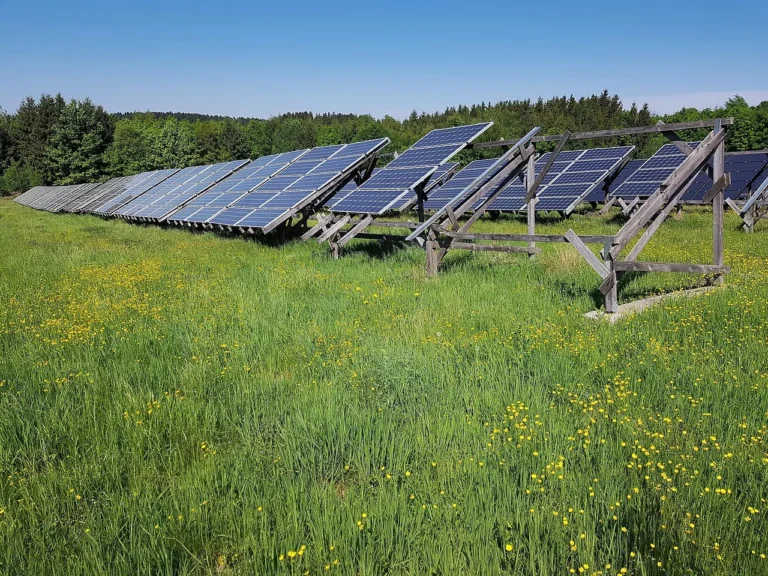
Calibrant Energizes Three Grid-Scale Battery Storage Projects in New York, Delivering Grid Stability and Unlocking Corporate Energy Value
Calibrant Energy, a prominent developer and provider of customized onsite and distributed energy solutions for large-scale power users, has successfully energized and brought online three front-of-the-meter (FTM) battery energy storage systems (BESS) in Westchester County, New York. These strategically located systems, powered by domestically manufactured batteries, collectively provide 13.5 megawatts (MW) of power and 55.7 megawatt-hours (MWh) of energy storage capacity to the Consolidated Edison (Con Edison) electric grid.
These installations are now operational and generating financial returns through New York State’s Value of Distributed Energy Resources (VDER) program—a mechanism that compensates clean energy projects for the benefits they provide to the grid and local ratepayers. By participating in the VDER tariff structure, Calibrant’s projects receive bill credits in exchange for delivering energy when the grid is under strain, thereby enhancing reliability and reducing the need for costly upgrades to transmission infrastructure.
Strengthening the Grid During Critical Demand Periods
New York’s electric grid, like many others across the U.S., faces significant challenges during summer months when air conditioning use peaks and electricity prices soar. The Westchester County battery portfolio plays a critical role in alleviating stress on the grid during these high-demand periods. By discharging stored energy during peak hours, the systems can help avoid blackouts, reduce the cost of electricity procurement for utilities, and minimize reliance on aging or carbon-intensive infrastructure.
These grid-scale systems serve as vital “shock absorbers” in the modern energy system. By charging during off-peak times—when electricity is cheaper and cleaner—and discharging during peak demand windows, they smooth the volatility of electricity supply and demand. This capability is particularly valuable in dense urban and suburban areas like Westchester, where expanding physical grid capacity is logistically challenging and expensive.
Unlocking Off-Site Energy Value for Corporate Customers
A defining feature of this deployment is its unique commercial model: the systems are front-of-the-meter, meaning they are not installed at a customer’s physical location but instead operate independently on the grid. Despite being off-site, these systems still generate direct value for commercial and industrial (C&I) energy users, thanks to Calibrant’s innovative customer engagement approach.

Calibrant successfully secured 100% of the energy output through direct off-take agreements with large C&I clients, allowing those customers to benefit financially from the VDER program without the burden of hosting infrastructure on their own premises. This model opens the door for organizations—particularly those with limited physical space, strict zoning codes, or operational constraints that make on-site energy generation unfeasible—to still participate in the clean energy transition.
Among the contracted off-takers is CoreSite, a leading national data center provider, which relies heavily on energy reliability for continuous operations. Another is a major hospital institution, a sector where uninterrupted power and sustainability goals are increasingly aligned.
Customer Testimonials Highlight Value Beyond Energy
For Calibrant’s clients, the benefits go beyond financial savings. The model supports sustainability goals, aligns with corporate ESG (Environmental, Social, and Governance) mandates, and enhances energy resilience. Clients gain access to clean, flexible energy resources without having to manage the complexities of ownership, permitting, or maintenance.
“CoreSite is pleased to collaborate with Calibrant through a long-term energy agreement that supports our energy management objectives while enhancing the reliability of the local electric grid serving our data centers in the New York area,” said Ben Garrard, Vice President of Power and Energy Management at CoreSite. “Data centers are mission-critical facilities that must operate around the clock, and energy resilience is a cornerstone of our strategy. This partnership not only supports our operational needs but contributes to a more stable energy system for the communities where we operate.”
This model reflects an evolution in how energy storage projects can create shared value across stakeholders, particularly in regions with complex permitting environments or high real estate costs.
“We’re proud to be a trusted partner in New York, delivering flexible grid assets that strengthen local communities,” said Phil Martin, CEO of Calibrant Energy. “Limited physical space at some customer sites can make on-site energy solutions infeasible. In this case, we delivered an off-site configuration that still drives meaningful savings—a testament to our ability to find and deliver significant value, no matter the circumstances.”
Martin emphasized that Calibrant’s strength lies in tailoring projects to meet both customer and grid operator needs, highlighting the firm’s ability to integrate complex financial, regulatory, and technical components into turnkey solutions.
Development and Ownership
The three battery energy storage systems were initially developed by New Leaf Energy, a prominent player in the renewable energy project development sector. New Leaf Energy has a strong track record of advancing utility-scale storage and solar projects, and in this case, played a crucial role in project siting, permitting, and early-stage development. Following the development phase, the assets were fully acquired by Calibrant, who now owns, operates, and maintains the systems.
This kind of developer-operator partnership is increasingly common in the energy transition landscape. It allows for specialization and de-risking: project developers focus on identifying and initiating high-value sites, while long-term infrastructure investors like Calibrant take over once projects are ready for construction and operation.
VDER Credits: A Critical Mechanism in New York’s Energy Transition
New York’s VDER framework has been instrumental in facilitating the growth of distributed energy resources like solar PV and battery storage. VDER replaces traditional net metering with a more nuanced compensation mechanism that reflects the actual value that a distributed resource provides to the grid and society. This includes components such as:
- Energy value: the wholesale market price of electricity.
- Capacity value: the contribution to reducing peak demand.
- Environmental value: emissions reductions.
- Demand reduction value: avoided transmission and distribution costs.
- Locational system relief value (LSRV): additional credits for projects located in constrained grid areas.
For battery projects like Calibrant’s Westchester portfolio, this structure enables long-term financial viability while ensuring that grid services are delivered where and when they are most needed.










